Jonathan Kambskarð-Bennett took on unseasonable Moroccan weather and unfriendly dogs in order to get a glimpse of the vast Sahara Desert on his bike. It wasn’t a simple journey.

Words & photography Jonathan Kambskarð-Bennett
Morocco was supposed to be straightforward. A leisurely bike ride across the country, working on a tan that would have been suspicious for March back in the UK. A holiday, if admittedly a slightly adventurous one.
I looked down at my right arm and winced. I was definitely tanned, but I couldn’t really make out the natural skin colour as my whole arm was either dark brown from dirt or bright pink where the road rash had completely peeled the outer layer off.
Latest Singletrack Merch
Buying and wearing our sustainable merch is another great way to support Singletrack
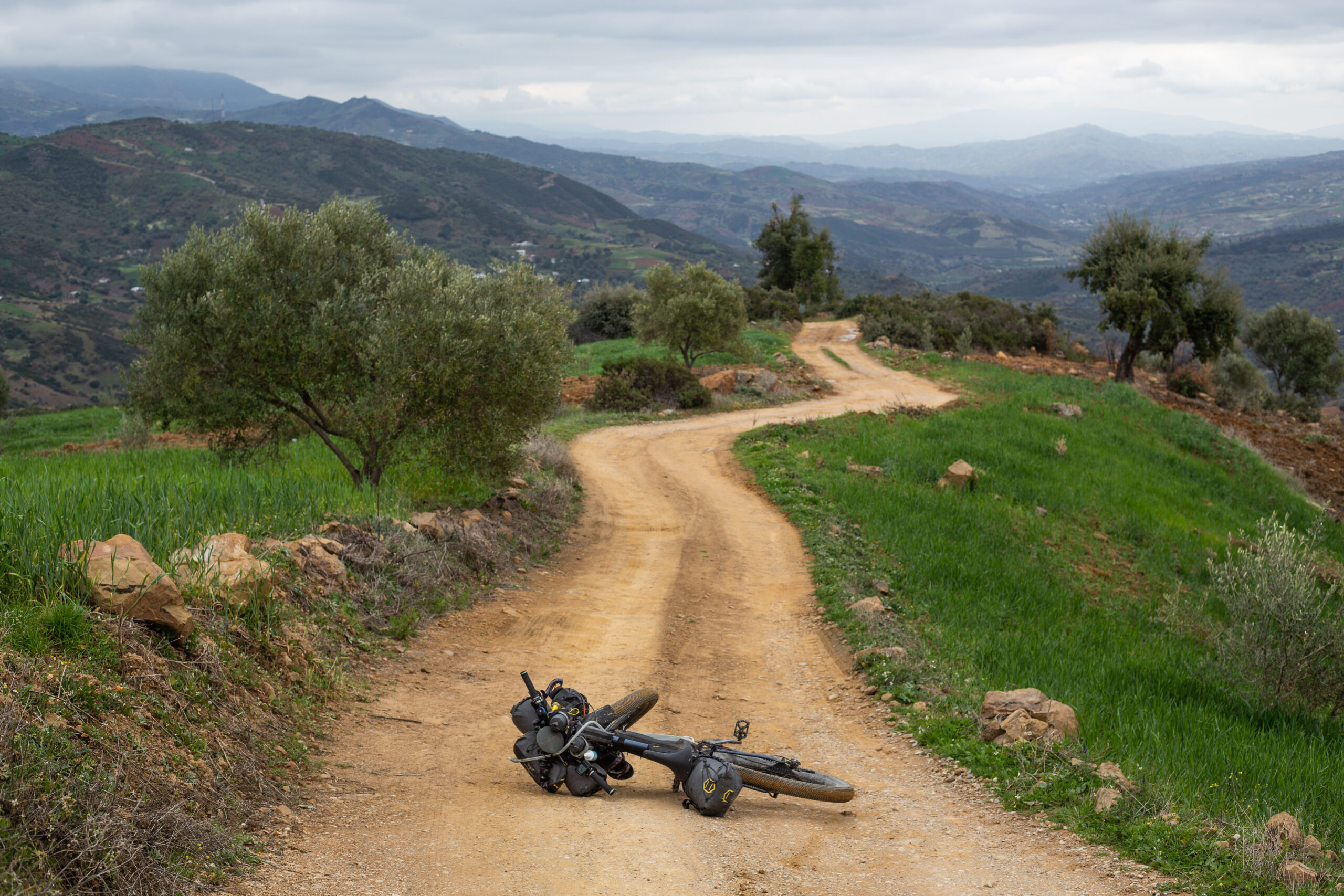
It was an ugly sight, and I wondered how much skin I’d left on the gravel road I’d had the accident on. I clenched my teeth and tried to brush some of the dirt out of the wound. I grimaced, and suddenly felt quite embarrassed that my first-aid kit consisted of nothing more than a pack of Imodium pills. Some antiseptic wipes probably wouldn’t have been a bad idea. Hindsight is a bitch sometimes.
A straightforward plan unravels
Morocco had been anything but straightforward. To begin with, progress had been relatively easy as I’d pedalled south from the coastal town of Tangier, leaving both the Mediterranean Sea and the Atlantic Ocean behind in one swift pedal stroke. I’d travelled down from Spain, where I’d warmed up with a ride over the mountains of Andalucia before heading across the water to North Africa. My legs had felt good, and the excitement of stepping onto a continent I’d always dreamt about visiting was more than enough motivation to keep my wheels rolling forward with ease.
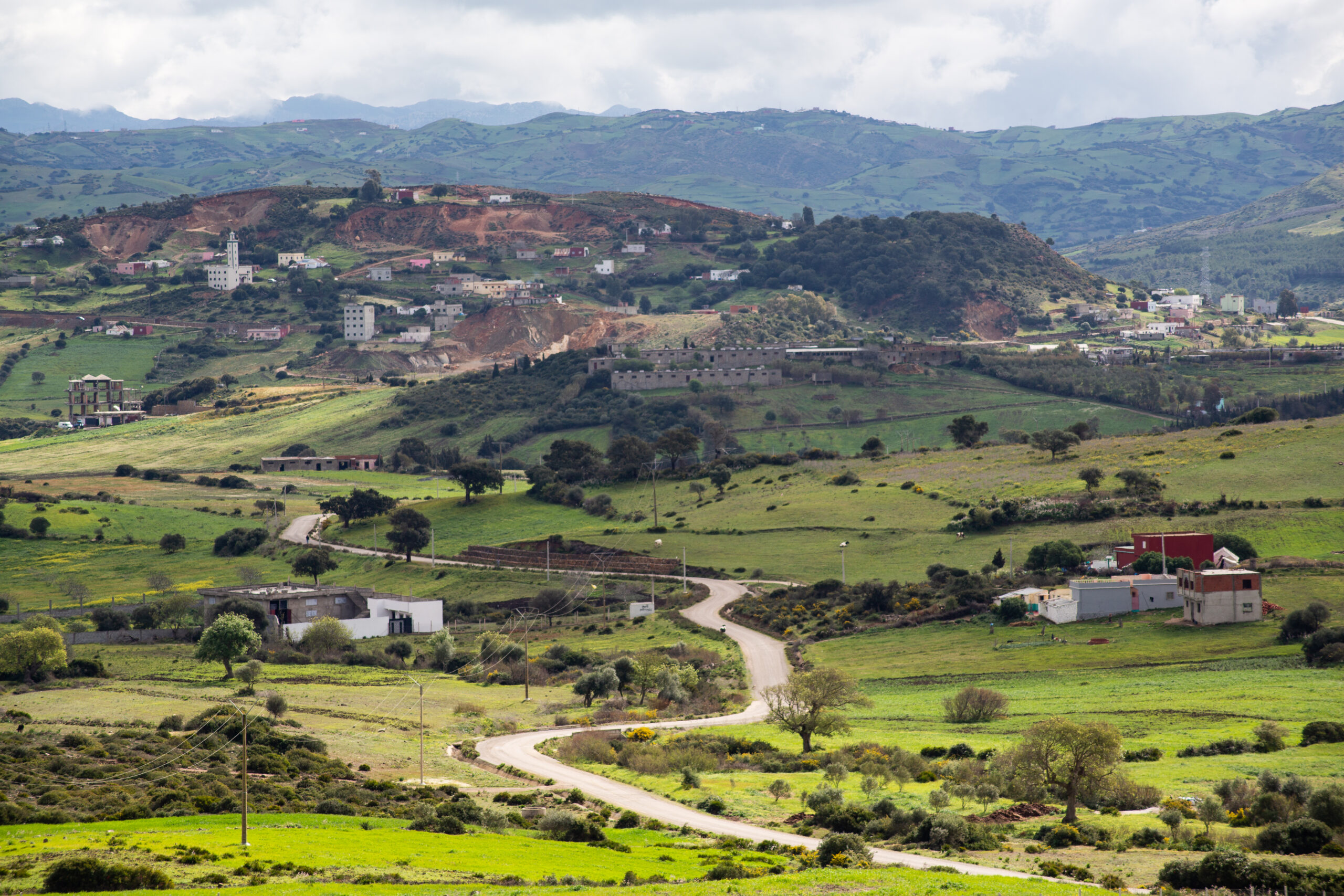
Manoeuvring the Rif Mountains had been smooth sailing, but things had begun to unravel slightly as I headed up towards the High Atlas. It had all started with the inevitable dose of traveller’s diarrhoea, which suddenly made my faithful tent seem an unattractive option for the night, forcing me into the rugged mountain town of Boumia in search of a room with a toilet. I settled for the only available option, a typically rustic Moroccan hotel, meaning that the communal toilet was a walk down some stairs, across an outdoor courtyard to a single squat toilet that didn’t have a cubicle lock. Still, it was better than nothing.
I was in such a hurry to reach the toilet when I dashed down in the middle of the night that I barely noticed the snow falling, but by the morning it was unmissable. The brown landscape had been transformed into a glistening white and if the weather forecast was anything to go by, it wouldn’t be changing any time soon.
I strolled to the market in the morning to buy some winter gloves (my cycling mitts now seemed woefully inadequate) and pills for my stomach (hence the Imodium as the single item in my ‘first-aid kit’). The pills cost the same as the night’s accommodation.
A snowy curveball or a curvy snowball?
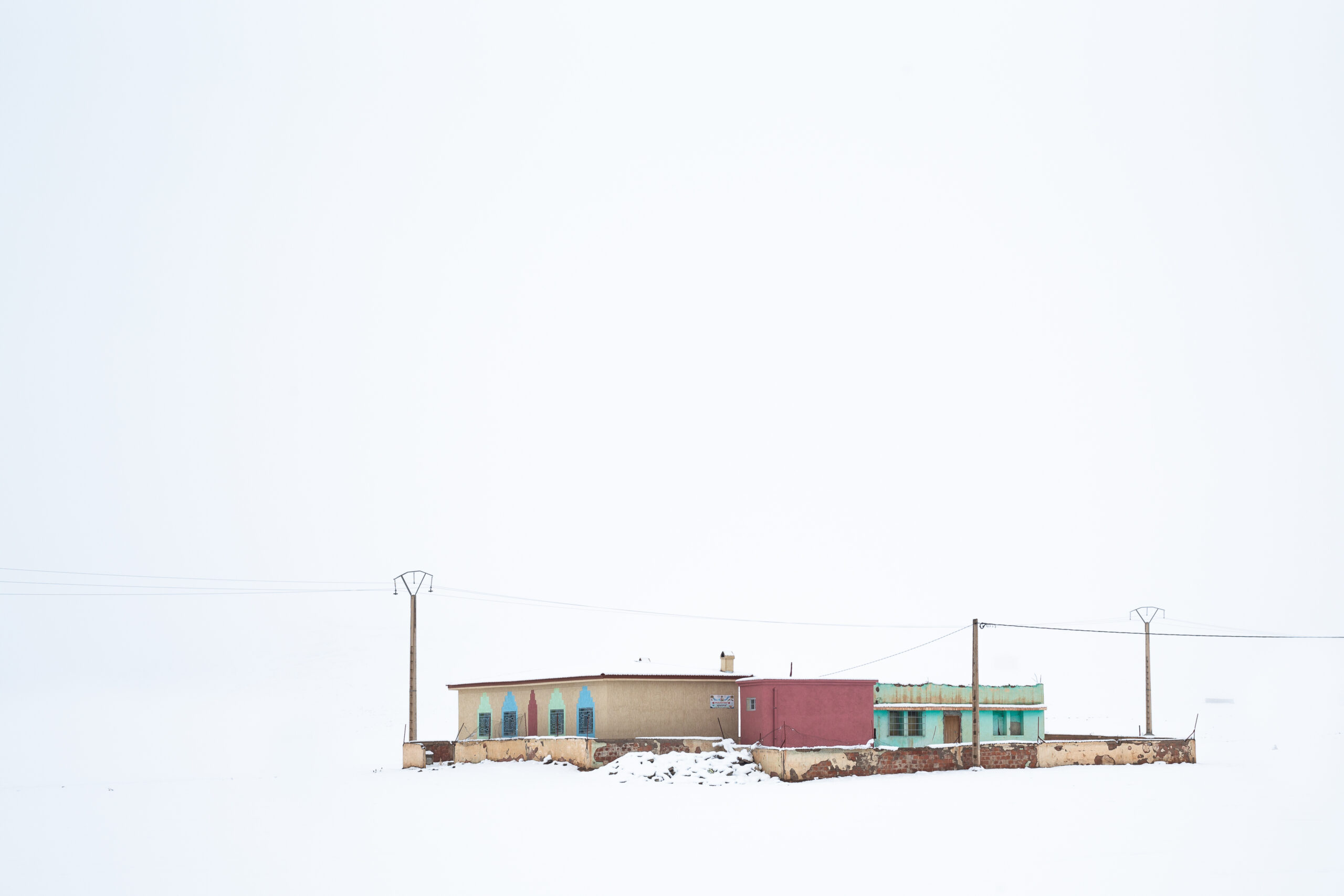
So much for that tan I’d hoped for. It hadn’t even occurred to me that it might snow in Morocco’s mountains, a slight curveball in my quest to avoid tarmac and follow smaller tracks wherever possible. Although riding on fresh snow was fun, the novelty soon wore off and progress became tediously slow as I tried to figure out which direction I was supposed to be travelling in.
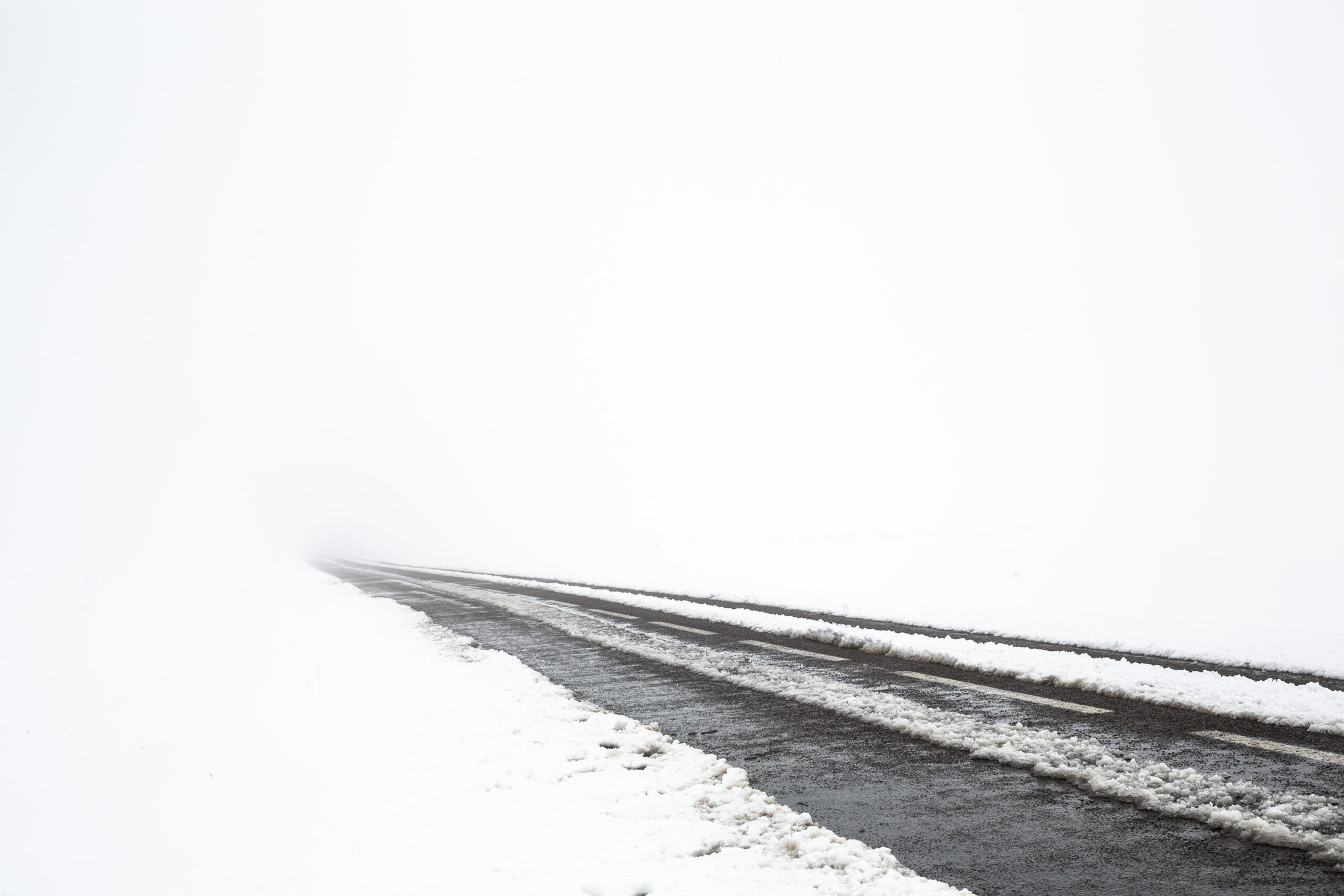
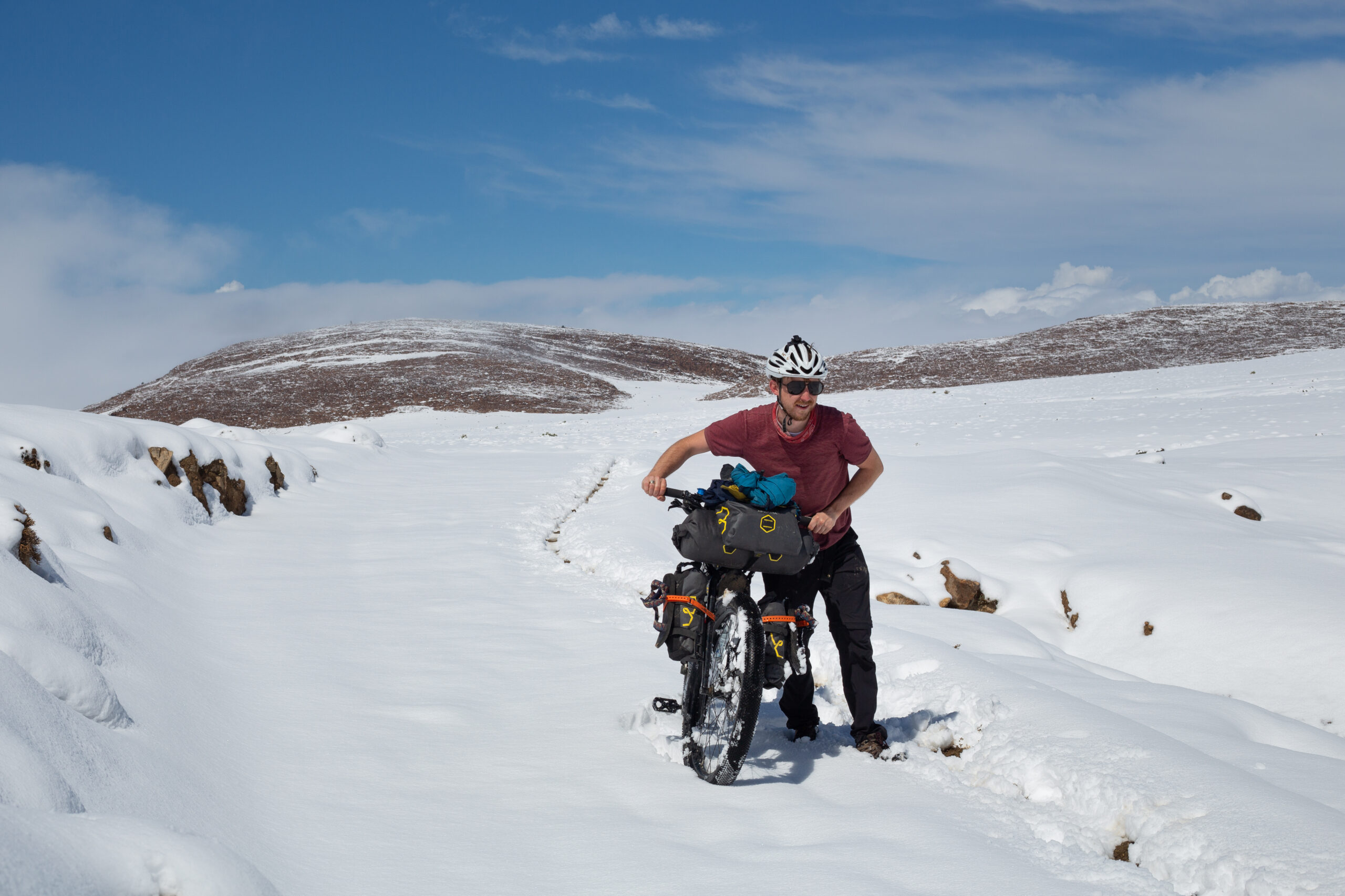
As I gained altitude over the next couple of days, it slowly dawned on me that I might not actually be able to get over the highest mountain passes. The snow wasn’t showing any sign of easing up, and my fears were confirmed when I met a local tour group who were turning around because they’d heard the High Atlas roads we were heading for were impassable.

I continued on my route towards Col du Ouano out of curiosity more than anything else and was relieved to find that the dirt pass was mostly snow-free. My brief optimism evaporated as I realised what had been left in place of the snow… a sticky, claggy mud that wedged itself against every part of my bike and reduced me to walking pace. Soon I was stopping every 100m to scrape my tyres clean and de-mud the components. It took the entire day to cover just 25km to reach the summit at around 3,000m elevation.
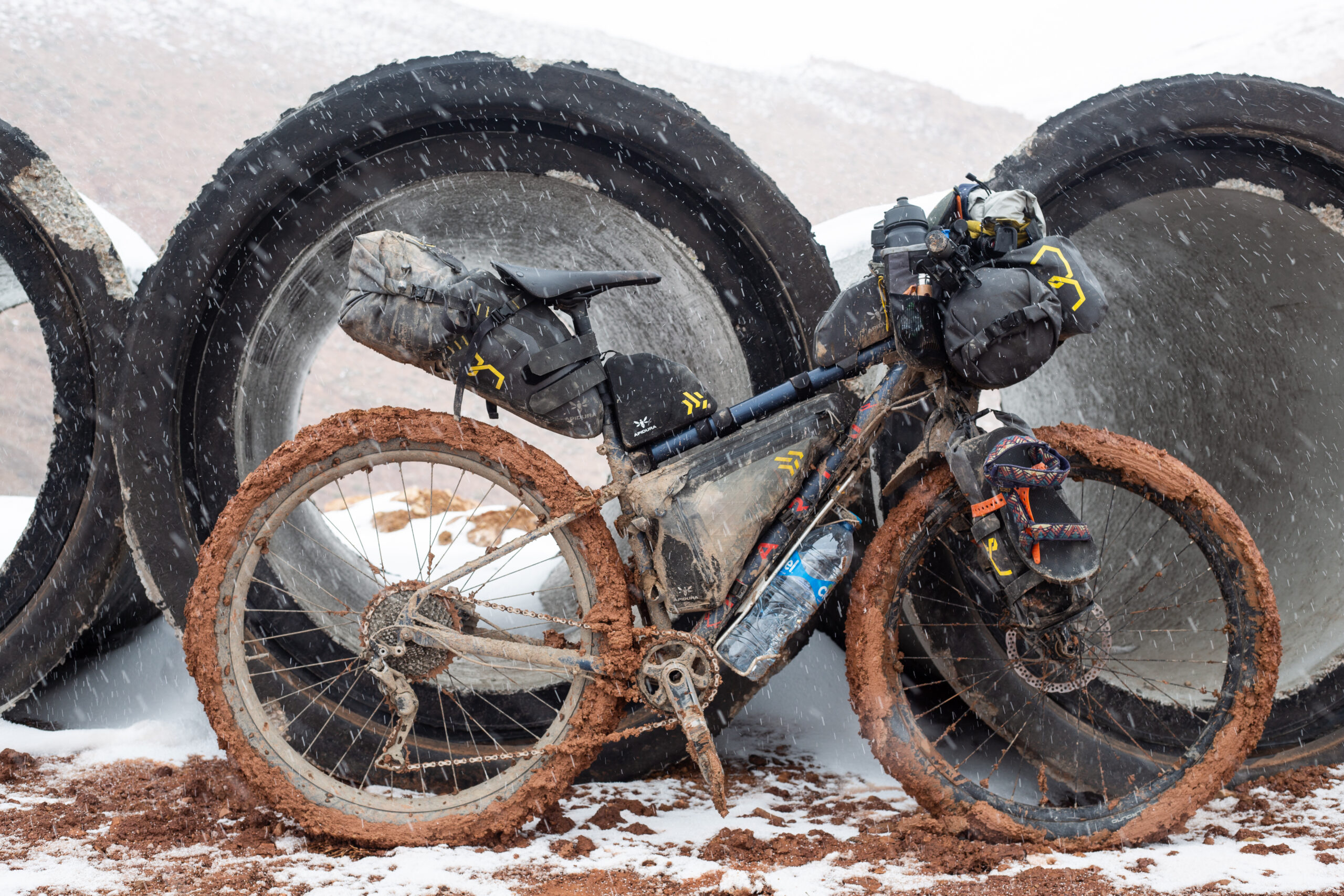
Once I was over the top, I thought it safe to assume that my fortunes would turn as I quickly descended through the Dades valley. A steep gorge with villages squeezed in under rocky crags that gradually widened as I dropped altitude. Quite suddenly the valley widened even further, and there was no mistaking the new landscape I found myself in. This was the desert, with clusters of life tucked in among oases and palm trees as the river stretched out into a dry and otherwise lifeless landscape.
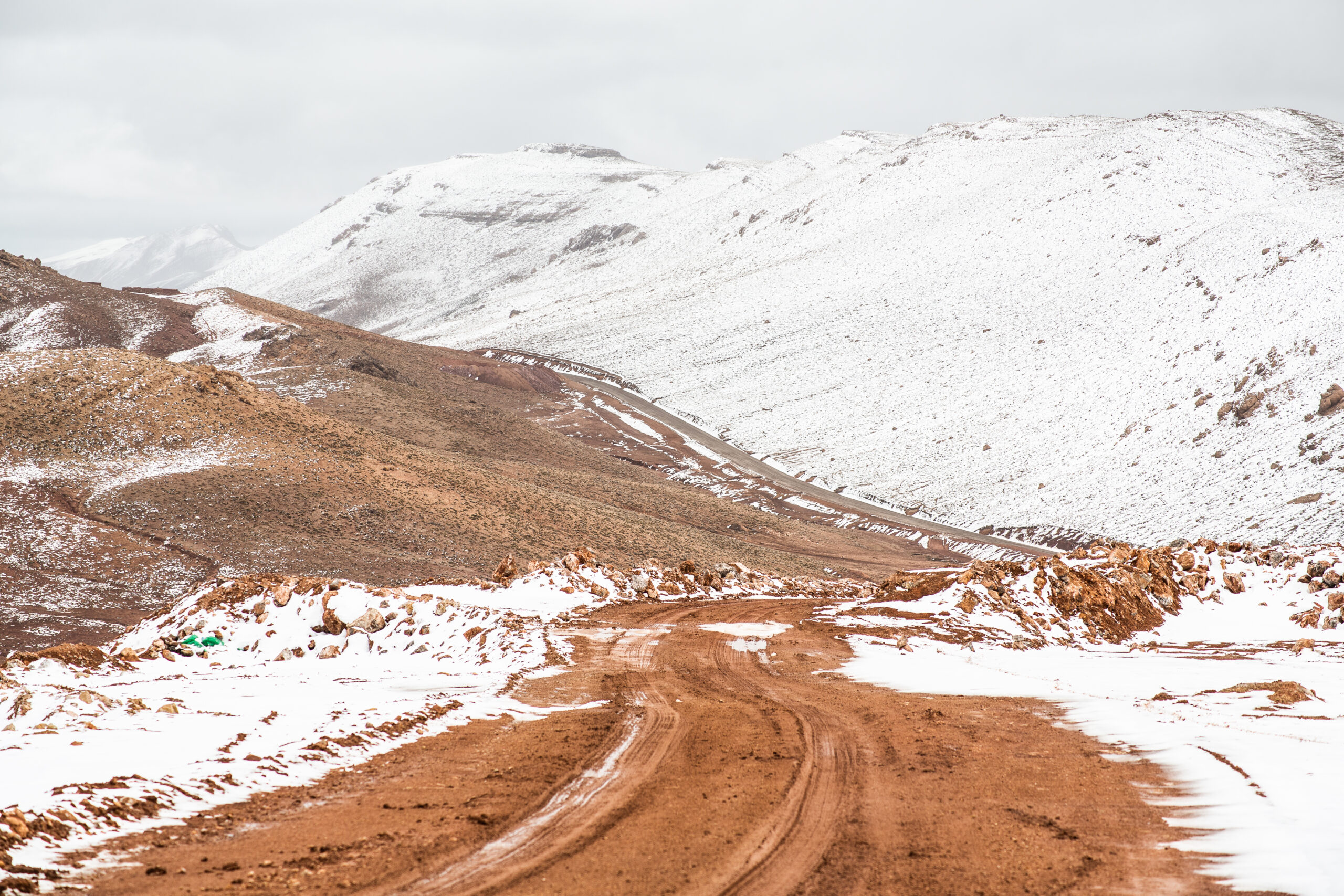
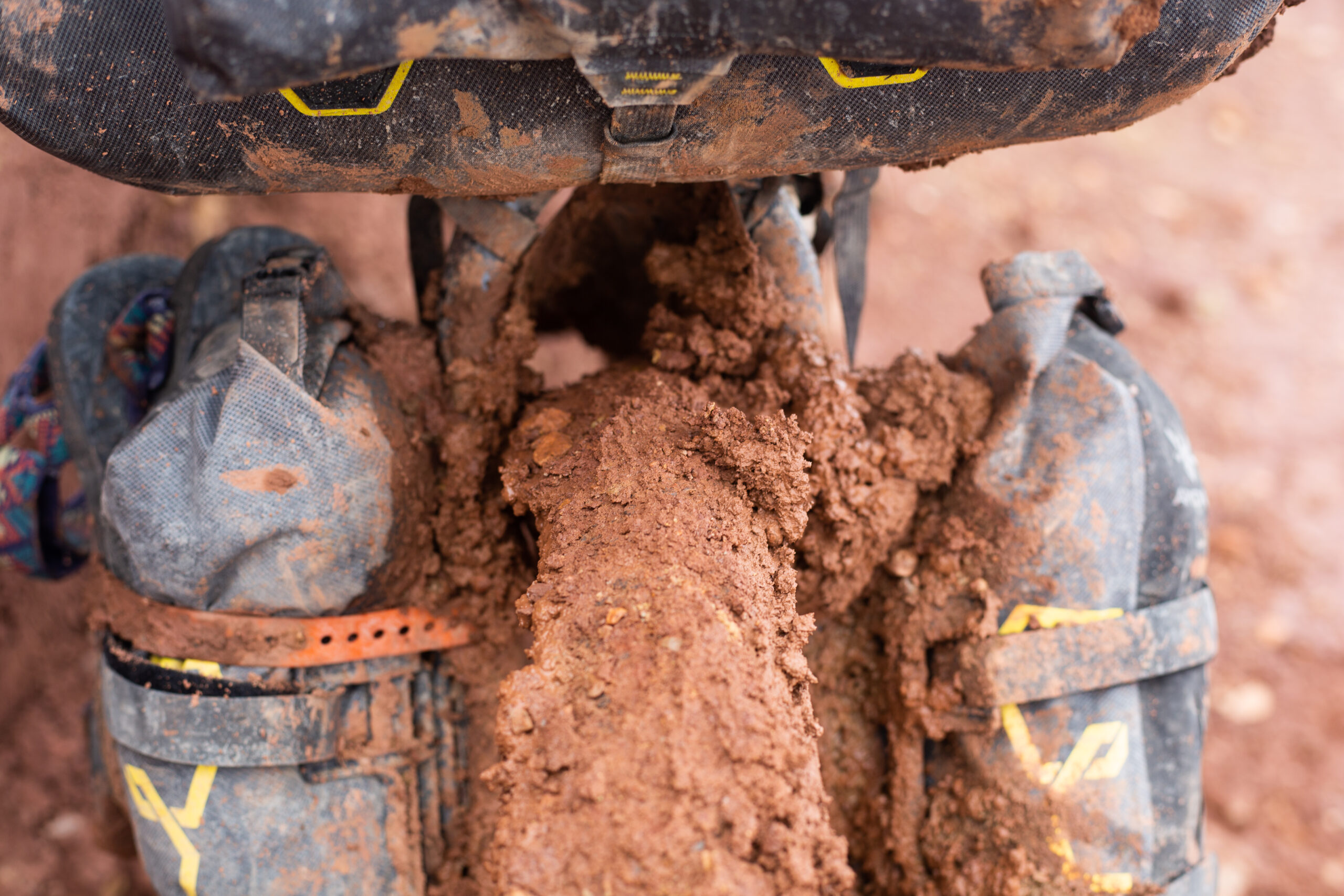
Blame the dogs
By the next morning, I was heading back into new mountains, less intimidating in terms of elevation, but with less water and human life to keep me company. It was in these hills that I found myself inspecting my bloody arm, wondering how I’d got myself into such a mess.
The dogs were to blame for the accident. I’d barely seen a soul the entire day, aside from the occasional motorbike whizzing past me on the way to some remote settlement. I’d been lured into a meditative state by the solitude and gentle miles with nothing but my own thoughts for company, casually drifting across rocky plains, barely noticing the undulating hills. At the top of one of the larger climbs, I let rip on the descent, the rush of adrenaline my reward for the effort of inching patiently uphill in my lowest gear. Although the road surface was rough, it was neither steep nor rocky enough to make the need to brake overpower the pull of gravity. That was until the dogs decided to say hello.
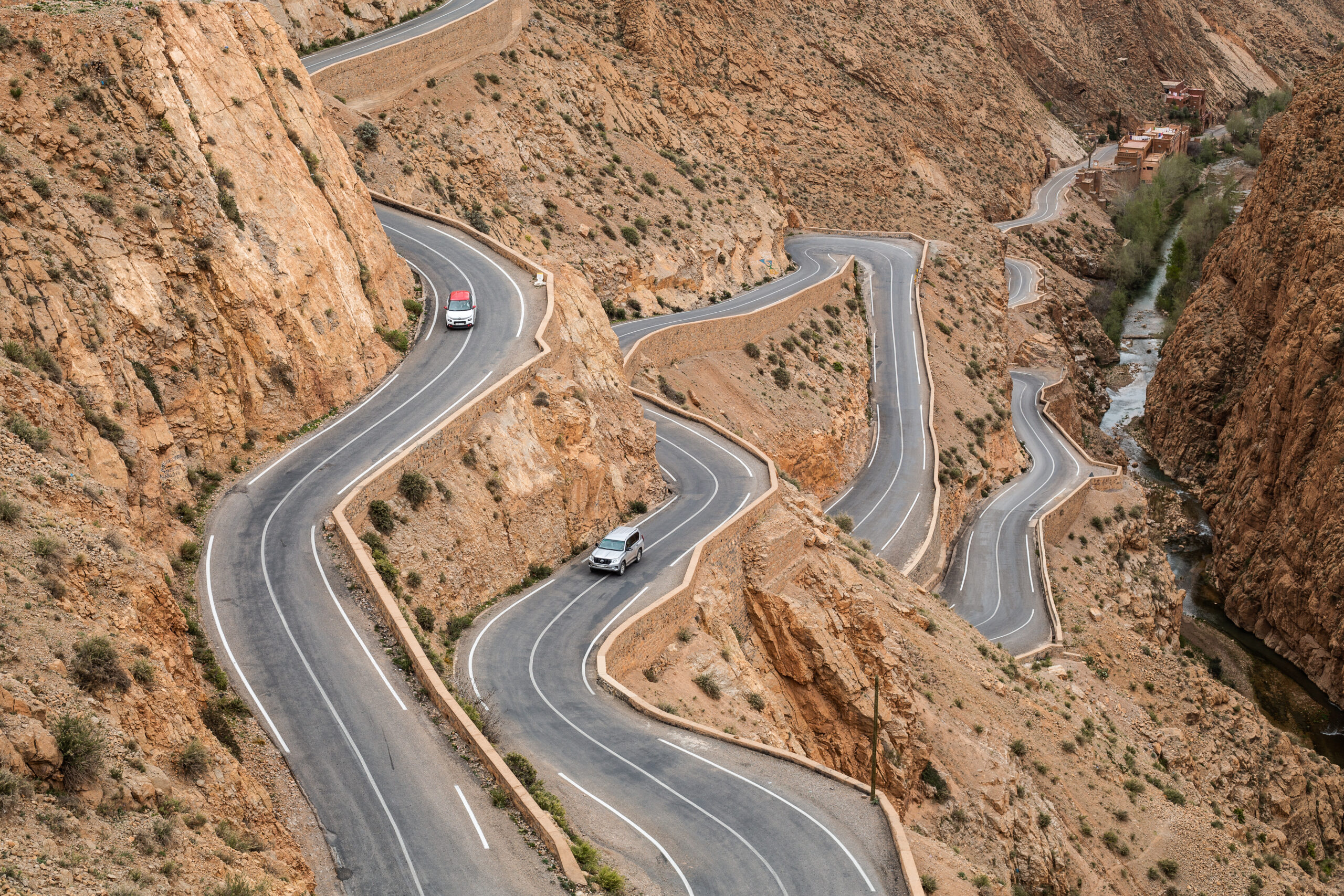
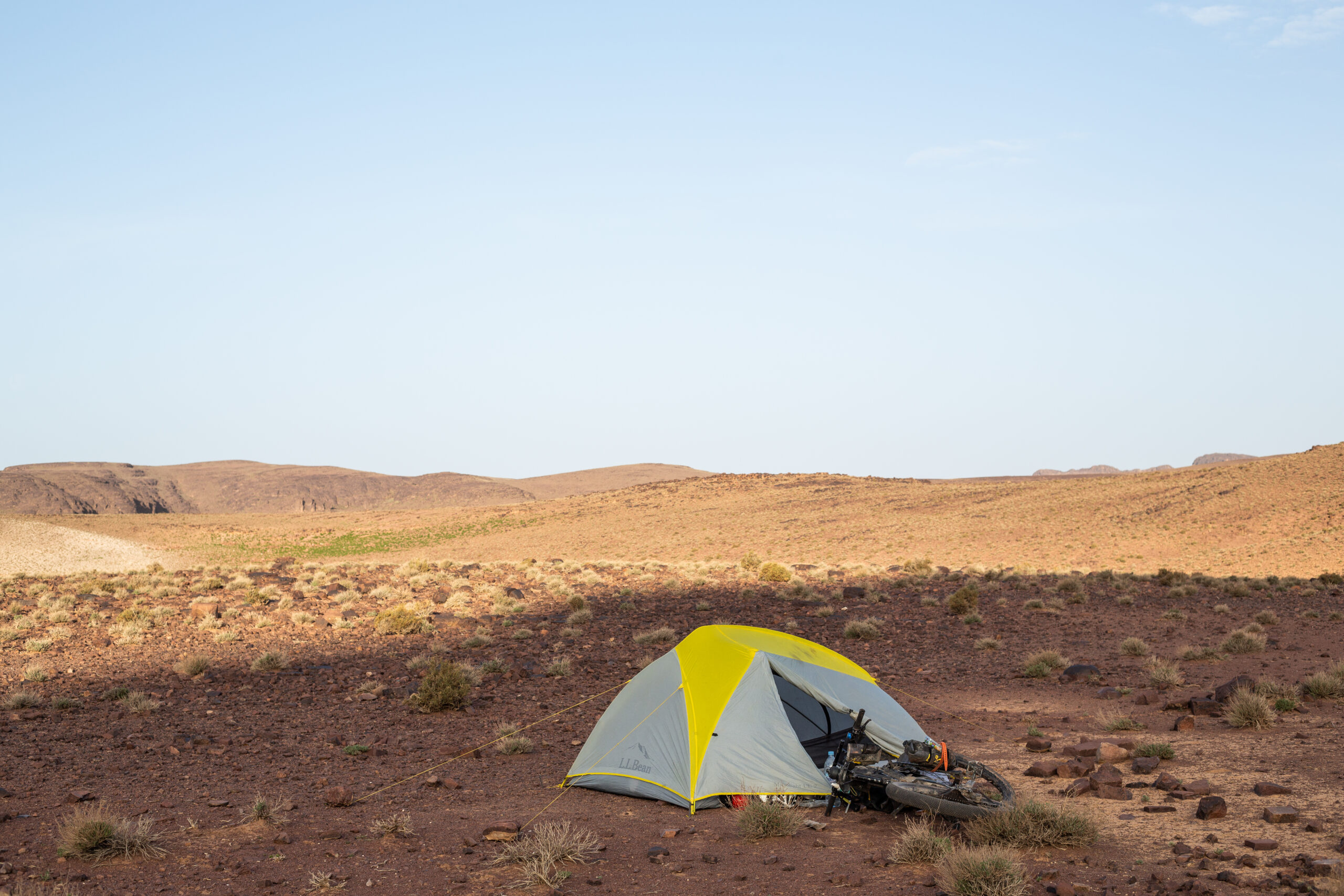
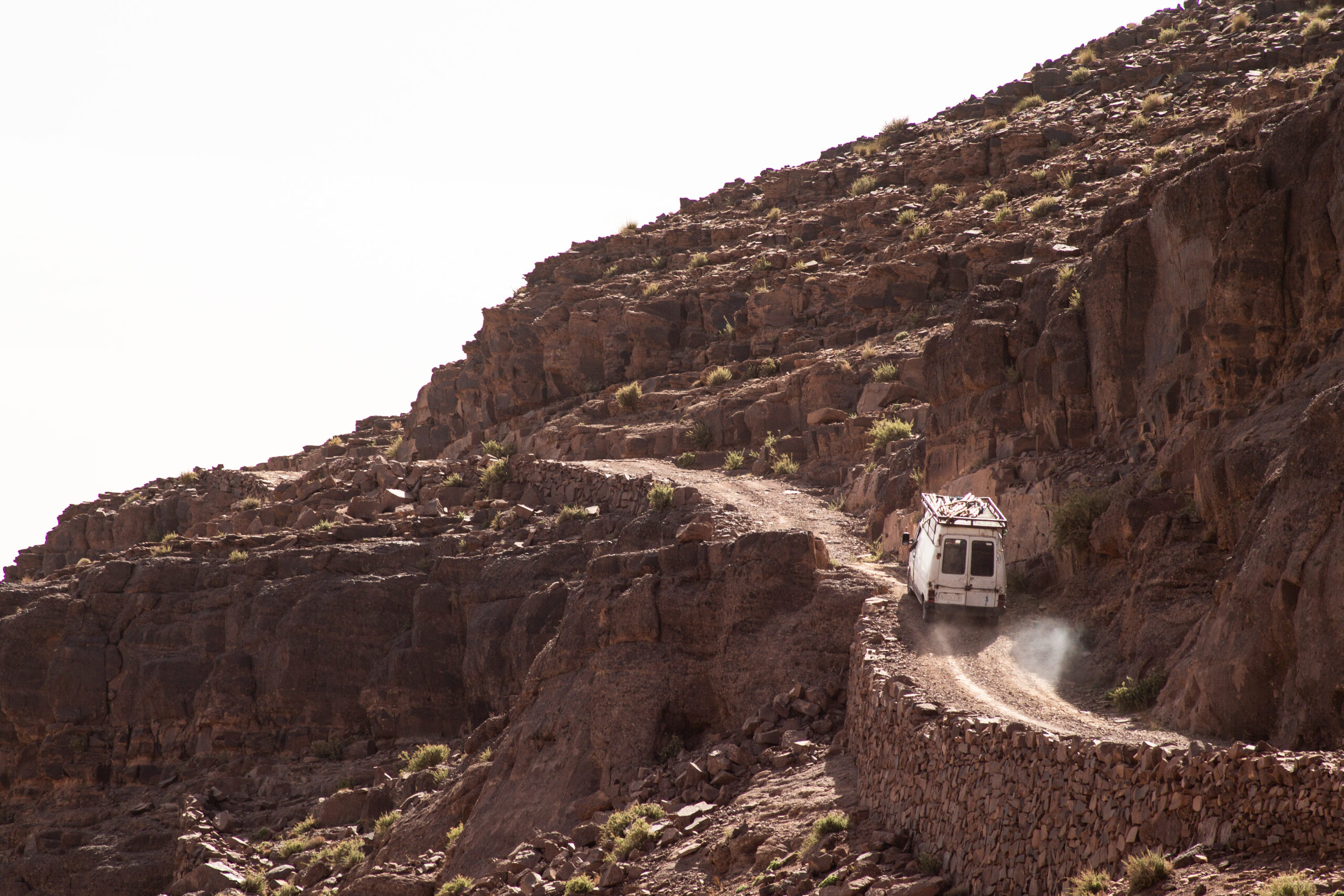
They leapt out onto the road, hidden until the very last moment by a rocky outcrop, and dived towards me. I slammed my brakes, out of reaction rather than any dog-dealing strategy, and my wheels gave way on the loose gravel. I hit the deck, sliding to an agonising stop. The moment of chaos was a blur, but it had concluded with me lying flat on the floor, a couple of metres ahead of my bike, in a world of pain.
The dogs had paused their attack, snarling and barking more tentatively from the side of the road. They almost looked surprised at the way they’d sent me flying. By the time I’d shuffled back up to my bike, they’d lost interest entirely, leaving me to inspect the damage more closely. The bike seemed OK, albeit with a couple of components bent out of shape. My T-shirt and shorts were ripped, as were my cycling mitts. The blood made me feel a little nauseous, but it was mostly road rash on my arm that would dry up quite quickly. Of greater concern was my knee, which seemed to have taken the brunt of the impact. An unnatural bulge protruded from the kneecap, and I limped as I drew myself to my feet.
The dogs must have belonged to a shepherd, but as I scanned the landscape I couldn’t make out any signs of a settlement. With little choice other than to keep moving, I climbed back onto my bike and slowly pedalled onwards. The road rash burned in the wind, and my right knee hurt on every pedal stroke, but I could still move forward. I managed a couple of hours, before giving up for the day and pitching my tent for the night. It seemed ironic that just two days ago I’d been shivering in sub-zero with all my layers on at the top of Col du Ouano, and now I was roasting in my tent clumsily trying to clean my wounds.
A sticky night
I didn’t sleep well that night – every time my arm brushed against the sleeping bag I’d wake up in pain. It took forever to pack up my tent in the morning as my limbs didn’t want to move faster than snail’s pace, but eventually I was rolling again and by midday, I’d finally found tarmac.

Cycling was easier on a flat surface and I tried to ignore my state of discomfort, but whenever I stopped at a village the locals’ stares would immediately fall to my bloody arm. I shouldn’t have been riding, but I was so desperate to reach the larger town of Zagora that I kept pushing on. In one village someone asked if I was OK and offered to take me to hospital. I declined, but by the time I eventually reached Zagora, I’d accepted that it might be wise to have things checked out.
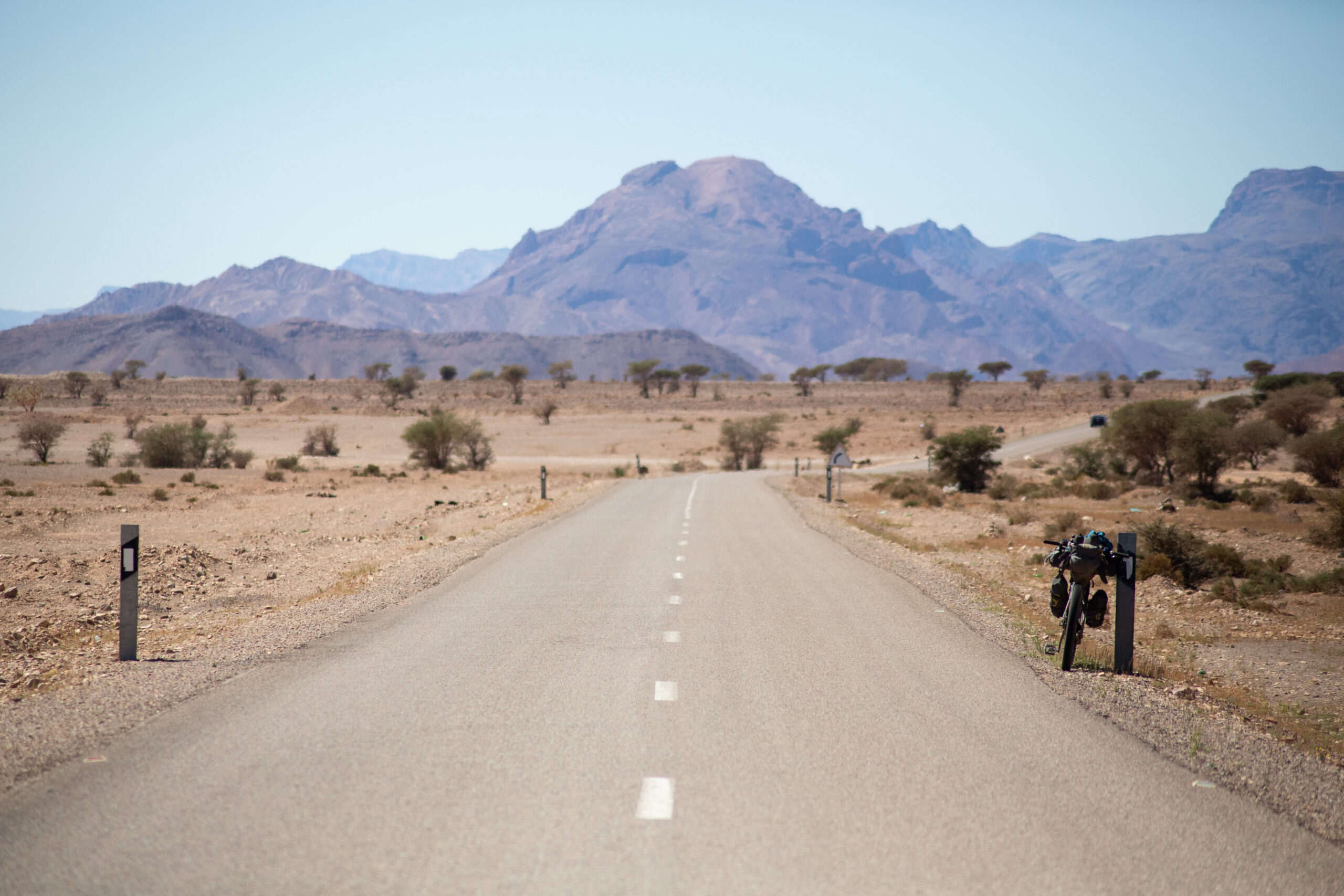
After twiddling my thumbs in the hospital waiting room for a while, a doctor finally came out to see me. The nurses cleaned my road rash, and the doctor said he’d bandage it. “You need to clean this and change the bandages daily for the next week”, he advised. As if expecting my response, he added, “If you can’t do that, I’ll prescribe you a run of antibiotics so that it doesn’t get infected.”
I spent the next two days lounging around in a cheap hotel room, trying to decide how best to move forward. My arm would be fine – the road rash would slowly scab and heal, but my knee did not want to bend. I was limping everywhere I went and the idea of getting back on my bike did not appeal.
Equally, I didn’t want to sit around feeling sorry for myself. Zagora is the gateway to the Sahara, and I’d been so excited about riding out into the desert. The next stretch – easily the most remote on my route across Morocco – had been the section I’d been most looking forward to. But now there was no way that I could fit everything in. I had a flight booked home from Agadir, and I’d been desperate to ride the entire way to the coast. I could shortcut the desert and try my luck catching up on tarmac, or I could try to find a lift into the desert. I hummed and hawed, before settling on what should have been the only obvious answer.
Speeding into nothingness
The next morning I was heading south at a speed that felt incredibly unnatural. The car window was rolled down, and I was breathing in hot Saharan air. A local guide had agreed to drive me as far as the dunes of Erg Chicaga, before leaving me to continue alone. I felt like a cheat, having accepted defeat from my limbs, but deep down I knew it was the most sensible choice.
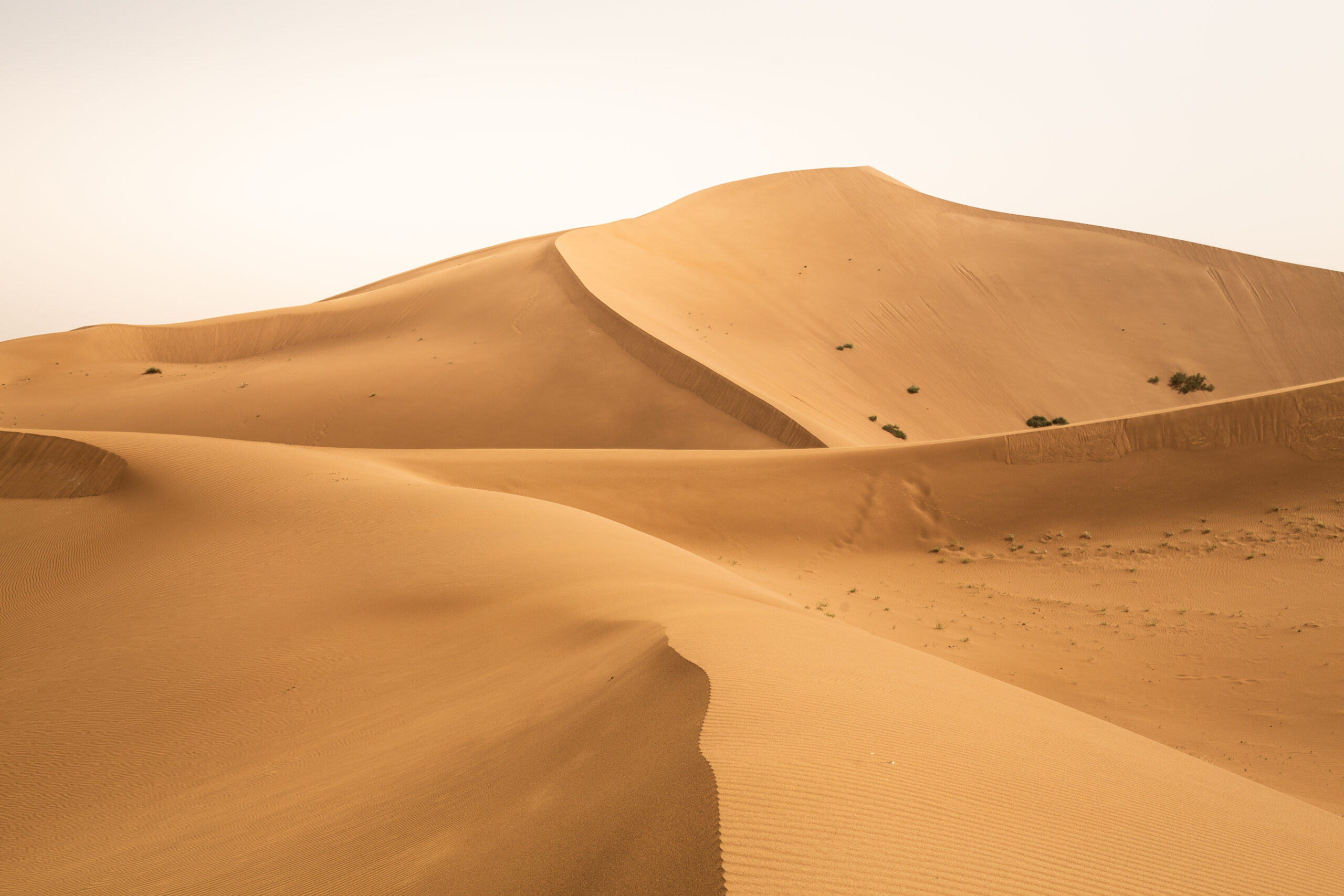
The Sahara scared me. Engulfed by emptiness, my bicycle suddenly seemed like such a risky vehicle by which to explore the vastness. Progress was slow along sandy doubletracks, but soon I was on the dry salt flat of Lake Iriki. To the south, the horizon cut a sharp line between desert and solid blue skies. I thought the High Atlas mountains had made me feel small, but the desert made me feel tiny.
And still I tried to push west towards the coast, clinging onto the hope that I might make it to Agadir without taking another ride. The road rash was slowly healing, but the knee was still hurting. It was manageable on the tarmac cutting across the flat desert, but as soon as I hit the Anti-Atlas climbs it was agony again. As I limped into Tafraoute, the decision was made to bundle my bike into a bus.
For an entire week I’d been battling with the decision to bail, as if accepting an early finish due to injury was somehow a failure. Perhaps unsurprisingly, as soon as I bought the bus ticket a huge weight lifted from my shoulders.
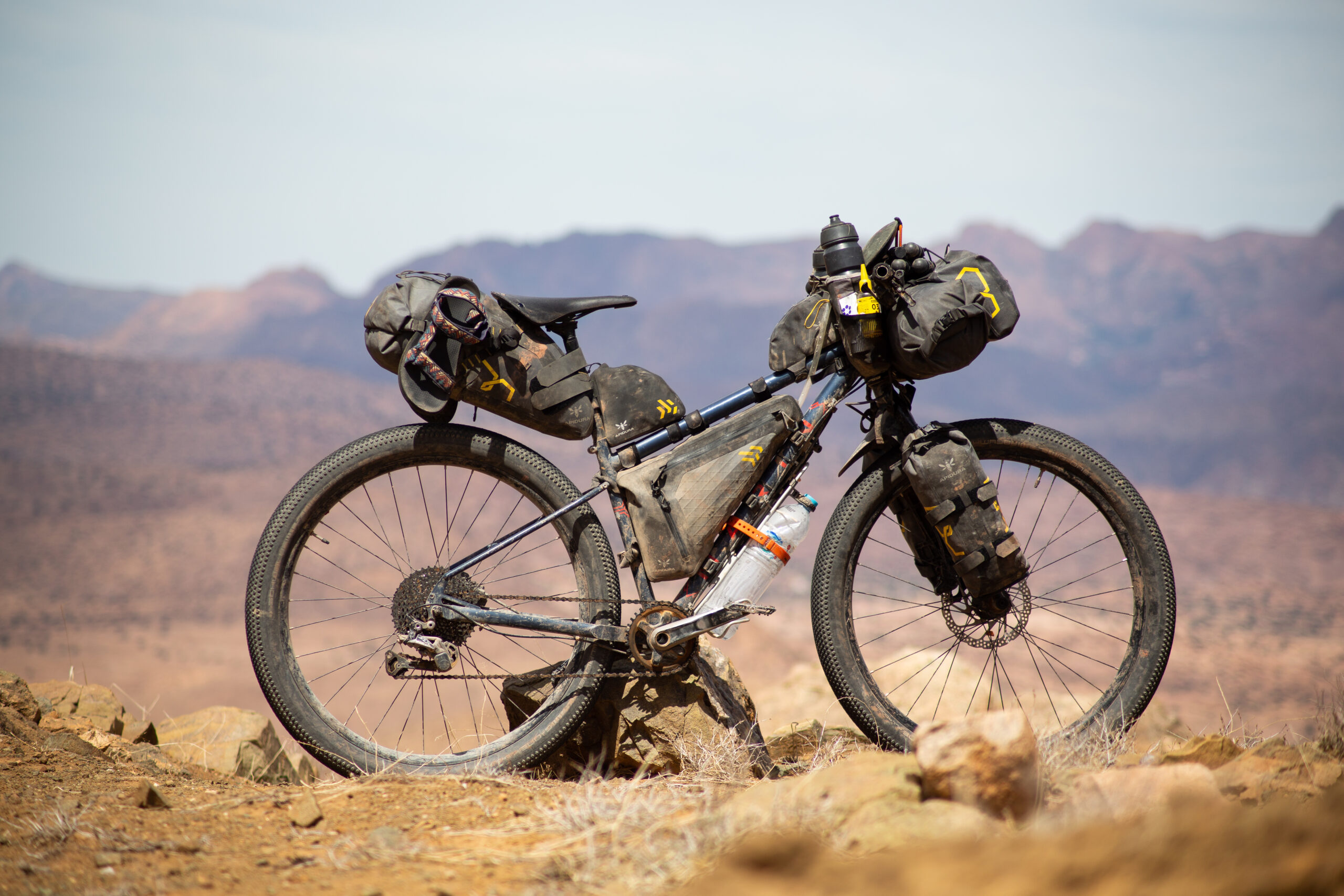
A few months have passed and, as expected, I have some solid scars on my arm that’ll serve as a reminder of the unfortunate encounter with those unfriendly dogs. It could be a reminder to not descend so fast, or to carry a proper first-aid kit, or even to brake less sharply. But rather, I like to think it will serve as a reminder that stubbornness can be an unhelpful character trait at times. No matter your experience or preparation, there will always be events outside of your control. There’s never a reason to suffer as a result of them, especially not when you’re travelling on your own terms. And besides, those roads will always be there next time.
- Follow more of jkb’s adventures at jkbsbikeride.com




